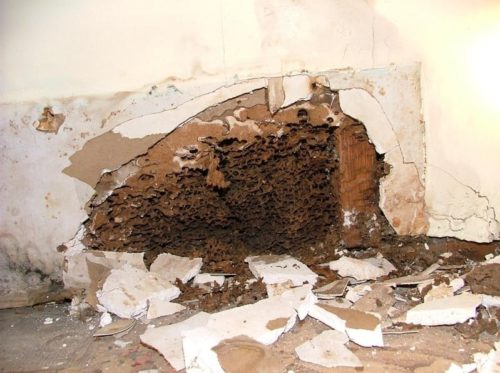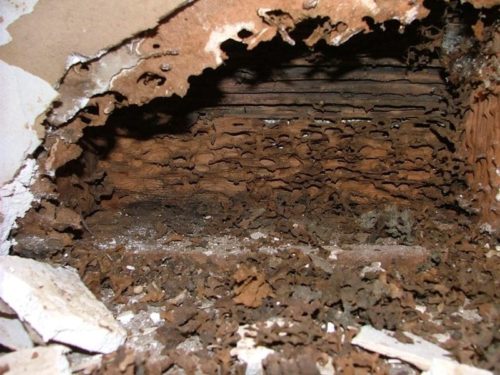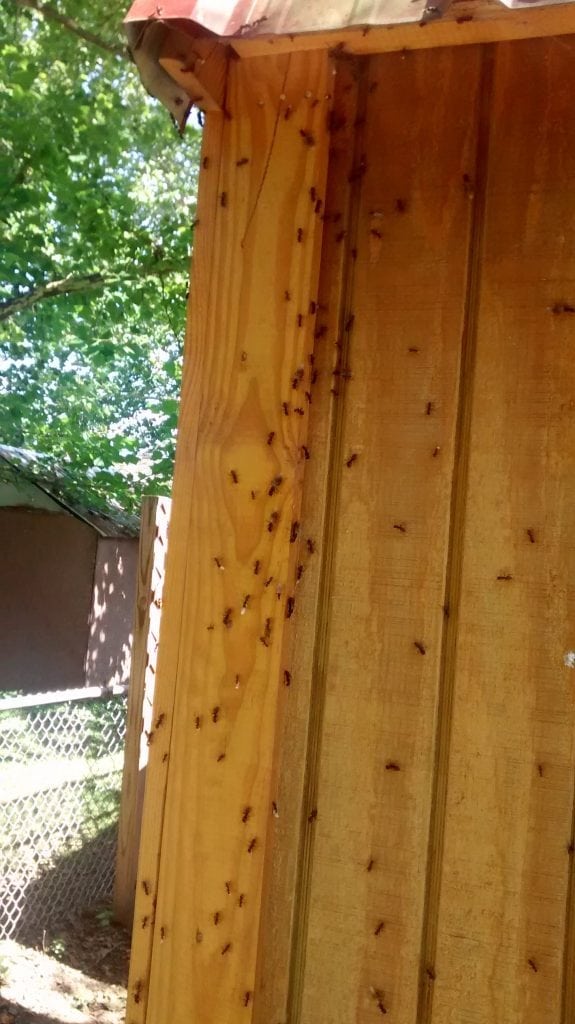
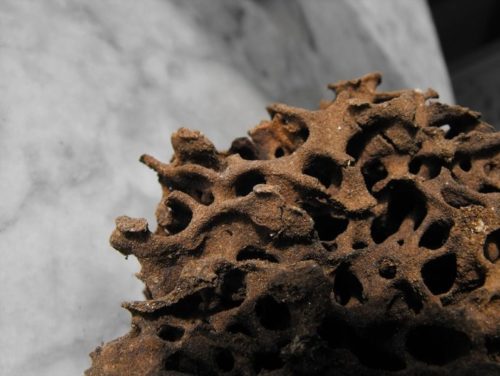 My favorite wood destroying organism has to be the Moisture Ant–at least in our area.
My favorite wood destroying organism has to be the Moisture Ant–at least in our area.
A distant second would possibly be the Subterranean Termite–but they are destructive enough that there really is not too much to like about them. Their mud tubes are amazing and can be quite delicate running from the crawl space floor to the wood joists above. If we were to make a similar tube proportional to our size, out of dirt and “frass,” it would likely be quite an engineering undertaking.
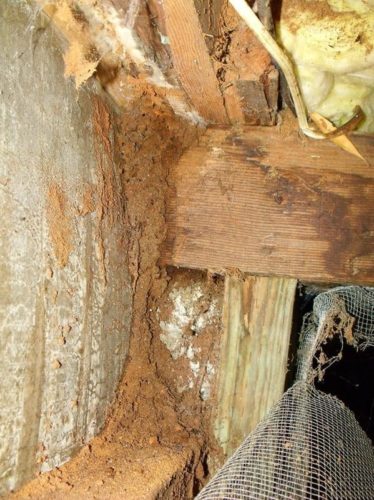 But back to Moisture Ants. The structures (called “carton”) that moisture ants build, out of the materials available to them, are really quite remarkable. They like to build in wet areas and are typically not interested in your house unless you have a leak somewhere. For example a drain that is leaking just a few drops is a great opportunity for the ants to build a nest around the leak. The nest’s moisture is maintained by the leak and is extended further and further until the nest is large enough to soak up the entire leak if possible.
But back to Moisture Ants. The structures (called “carton”) that moisture ants build, out of the materials available to them, are really quite remarkable. They like to build in wet areas and are typically not interested in your house unless you have a leak somewhere. For example a drain that is leaking just a few drops is a great opportunity for the ants to build a nest around the leak. The nest’s moisture is maintained by the leak and is extended further and further until the nest is large enough to soak up the entire leak if possible.
I have seen nests where the Moisture Ants were managing the leak so well that the leak never presented itself at the interior of the house at all. You would never have even known they were there until something else went wrong that caused you to discover the nest–like seeing ants running around the interior of the home. As the wet nest comes in contact with wood, it makes the wood wet. As the wood decays it becomes additional nesting materials for the moisture ants.
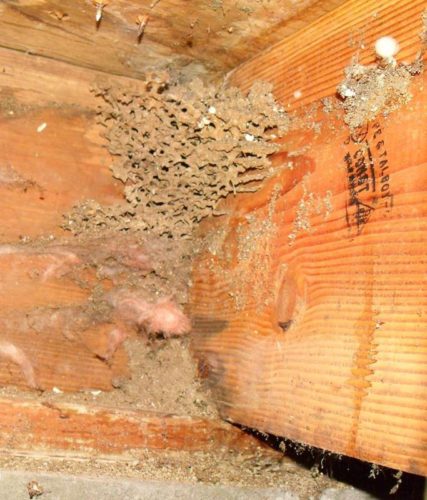 So you can see, these guys, while being considered a wood destroying organism, only destroy wood because there was water damaged wood to begin with. They are opportunistic, and should not be considered a primary wood destroying organism. In other words the original leaking problem is the primary problem and when that is fixed so will the ants. They may have done some damage to the wood that was covered by their nest structures, so this damage will also need to be repaired—in conjunction with fixing the leak. Generally the damage is fairly localized.
So you can see, these guys, while being considered a wood destroying organism, only destroy wood because there was water damaged wood to begin with. They are opportunistic, and should not be considered a primary wood destroying organism. In other words the original leaking problem is the primary problem and when that is fixed so will the ants. They may have done some damage to the wood that was covered by their nest structures, so this damage will also need to be repaired—in conjunction with fixing the leak. Generally the damage is fairly localized.
One would NOT want to treat the home for Ants without knowing why they are there.
They can be a nuisance about the home and seeing them around may be the first indication that there is a leak somewhere.
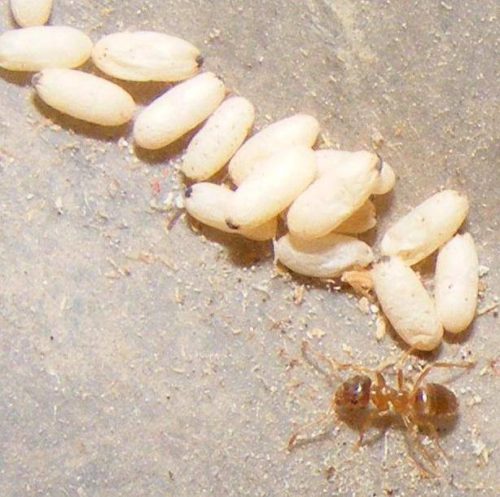 It is not uncommon to find abandoned Moisture Ant structures where the leaks were fixed but nobody knew the ants were even there–or didn’t know what they were. Sometimes the leaks are seasonal and the ants come and go with those seasons.
It is not uncommon to find abandoned Moisture Ant structures where the leaks were fixed but nobody knew the ants were even there–or didn’t know what they were. Sometimes the leaks are seasonal and the ants come and go with those seasons.
The picture below is of a moisture ant nest behind a baseboard wall heater. The beautiful carton material was made out of the cellulose fiber insulation installed in the wall as well as decaying wood. This nest was abandoned and was only found when the wall heater was removed.
With the carton material removed we can see how the wet nest caused decay in the wood sheathing and the ants were then able to tunnel and use the wood material for extending their nest. If you look close you can see the “light” of outdoors where the wood has been damaged all the way through the sheathing and siding.
As you can see Moisture Ants are builders extraordinaire–and not your typical wood destroying organism.
Below is a video of Moisture Ants scurrying about to relocate their eggs when exposed after removing the bark on a log they were under—a nice moist environment.
By Charles Buell, Real Estate Inspections in Seattle
If you enjoyed this post, and would like to get notices of new posts to my blog, please subscribe via email in the little box to the right. I promise NO spamming of your email!
